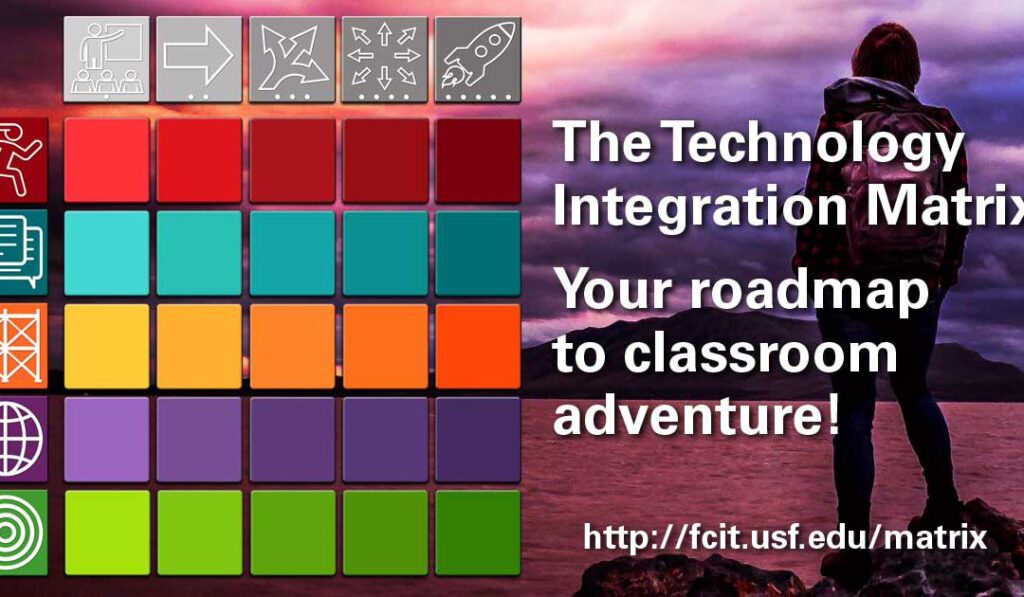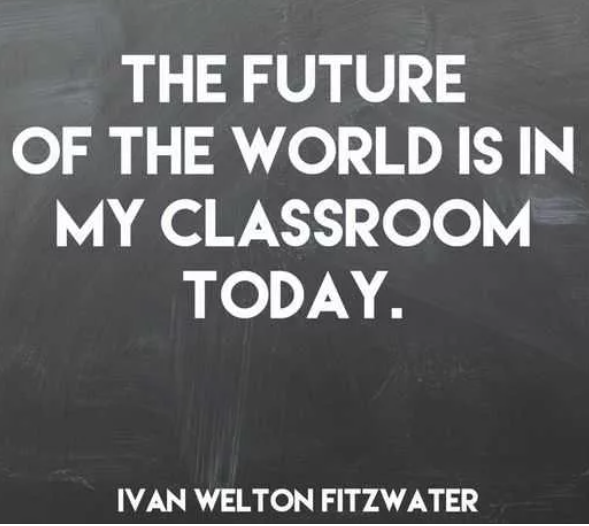Impacting students with Technology in the Classroom

Who doesn’t love an adventure? With the digital age upon us, our classrooms are more innovative than ever. Technology has changed how we teach at a fundamental level. In a post-COVID world, that change is more obvious than ever before. The emergence of online learning was not something most teachers had experienced in their careers. Inadequate professional development and training have been an obstacle to overcome; using technology productively in classrooms is a priority many were not prepared for. We looked at various frameworks that empowered teachers to take an introspective approach towards their classrooms, as well as make them aware of the technology that is available to them. Incorporating these frameworks will allow teachers to ask themselves if the students’ needs are being met with the proper, tech-savvy curriculum. Lesson planning becomes an adventure for both teacher and student.
In my own search for a technology forward classroom, I found a framework that I would use in my own lesson plans: the Technology Integration Matrix (TIM). The TIM provides an outline for describing and targeting the use of technology to enhance learning. The TIM incorporates five interdependent characteristics of meaningful learning environments: active, collaborative, constructive, authentic, and goal-directed. These characteristics are associated with five levels of technology integration: entry, adoption, adaptation, infusion, and transformation. Together, the five characteristics of meaningful learning environments and five levels of technology integration create a matrix of 25 cells (Wikimedia Foundation, 2021). No one level of the matrix is seen as better than another. All levels of technology usage provide a certain level of importance for the student and teacher. Teachers need to be aware of how technology enhances the curriculum and provides content knowledge.
In order to better use technology, teachers should be aware of where and how technology can be used effectively at the beginning of their lesson planning. Technology needs to be used with a clear purpose, spurred by the envisioned outcome for the lesson. According to EdTechReview (2018), blog pages, social media, building a classroom website, gamifying learning, and differentiated lessons are ways to incorporate technology into the classroom. For more information you can refer to 5 Ways Teachers Are Integrating Technology into the Classroom.
A lesson plan comes first, followed by the exploration of how technology can improve the lesson. Teachers need to keep an open mind and, many times, follow the students’ lead. With so many different ways and applications available on the internet, the possibilities are endless. By providing and supporting technology within the classroom, learning looks and feels different for students today.
Never before has content been so accessible. We no longer need to search in a textbook; instead, the answer can be found in seconds. Just as our students can quickly search for an answer, definition, or a video of explanation, teachers too can access lessons, curriculum ideas, and ways to reach students with technology. We learn better when we are involved and have ownership of the lesson. This means that we need to make sure both the teacher and student have ownership of what is being taught and making it a successful adventure for both.
References:
libraryworks19. (2021, February 19). Implementing Technology in the Classroom. Kasey Mitchell SLIS 761 Blog. https://kmitchell679850394.wordpress.com/2021/02/19/implementing-technology-in-the-classroom/.
Staff, C. B. (2019, February 25). Typography design: Rules and terms every designer must know. Creative Bloq. https://www.creativebloq.com/typography/what-is-typography-123652.
Team, W. by E. (2018, December 8). 5 Ways Teachers Are Integrating Technology into the Classroom. EdTechReview. https://edtechreview.in/trends-insights/insights/3424-5-ways-teachers-are-integrating-technology-into-the-classroom.
Wikimedia Foundation. (2021, July 14). Technological pedagogical content knowledge. Wikipedia. https://en.wikipedia.org/wiki/Technological_pedagogical_content_knowledge.
Winkelman, R. (n.d.). Background. TIM. https://fcit.usf.edu/matrix/matrix/background.
YouTube. (2021, February 8). Introduction to the Technology Integration Matrix – Dr. James Welsh. YouTube. https://www.youtube.com/watch?v=QHlvhKrcjQI&t=15s.
